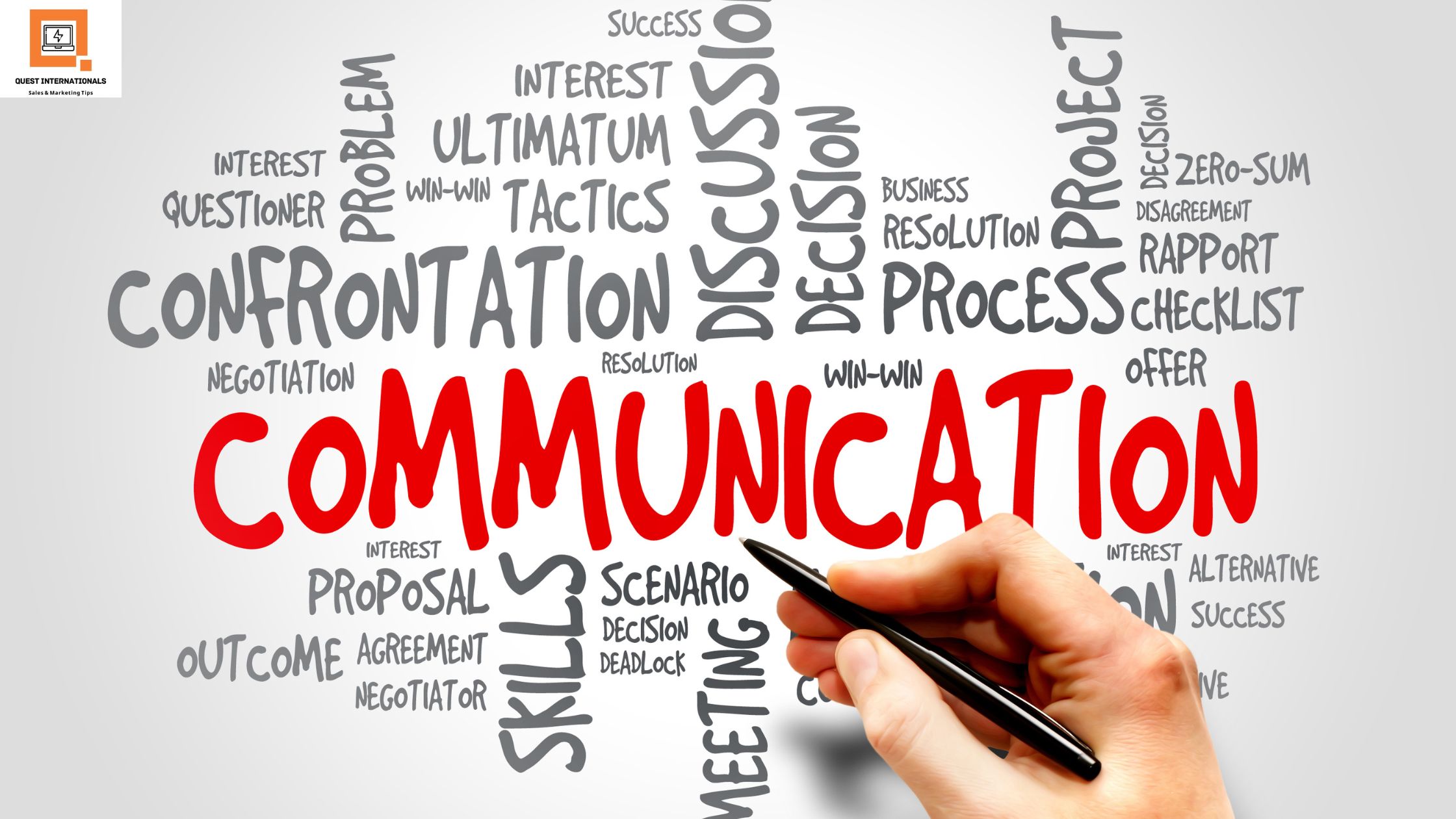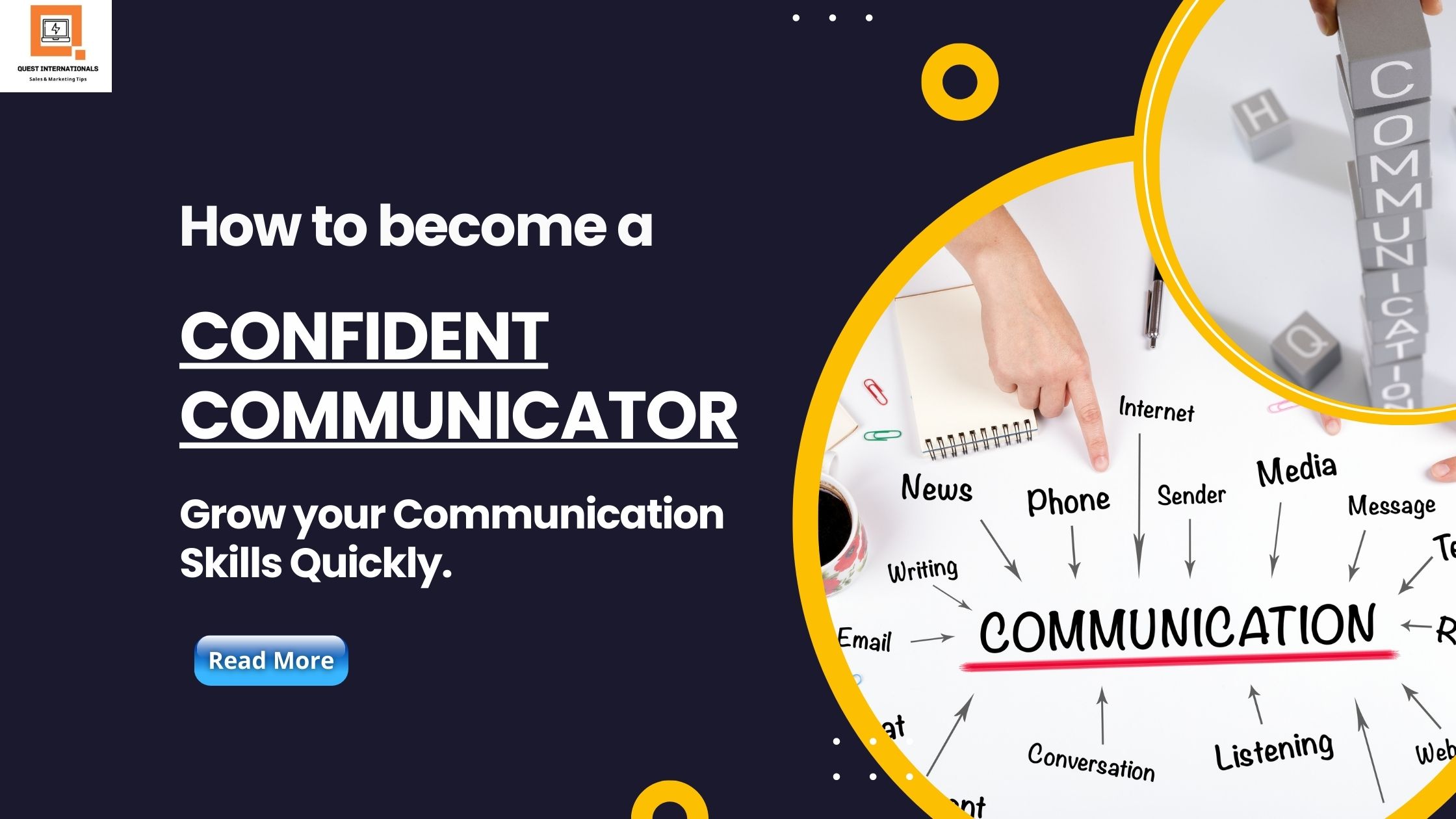Table of Contents
ToggleEffective communication skills are essential in almost every aspect of our lives, from personal relationships to professional success. Being a confident communicator means having the ability to articulate your thoughts, ideas, and feelings clearly and assertively, while also being able to listen actively and empathetically to others.
Confidence in communication helps build trust, establish rapport, and foster positive relationships. It also enables you to convey your message more effectively, whether you are persuading, educating, or informing. Conversely, poor communication skills can lead to misunderstandings, conflicts, and missed opportunities. Fortunately, communication skills can be learned and developed with practice and effort. By following the tips and strategies outlined in this article, you can improve your communication skills and become a more confident communicator, which can lead to greater success and fulfillment in all areas of your life.
If you want to watch a video on this topic then we would like we suggest you watch this video linked below, this video is made by a very famous YouTuber and entrepreneur Disha Rathi.
Who is Disha Rathi?
(Founder of Digitalzaa Enterprises, Popular Youtuber, International Author & Entrepreneur) She helps businesses to scale their revenue using Online Marketing Strategies by adding Professional Skills to their mindset to get more Clients / Customers. Disha Rathi is running multiple Successful B2B and B2C Companies underneath her. She has mentored multiple businesses to hit 6-7 figures in revenue. She is handling more than 50 Staffs underneath her in the field of Sales and Marketing. 8+ years of Experience in Digital Marketing and Lead Generation.
3 Important Things In Communication Skills: Visual, Vocal, And Verbal
 When it comes to effective communication, there are three important components: visual, vocal, and verbal. Each of these components plays a crucial role in conveying your message and establishing rapport with your audience.
When it comes to effective communication, there are three important components: visual, vocal, and verbal. Each of these components plays a crucial role in conveying your message and establishing rapport with your audience.
Visual Communication
Visual communication is an important aspect of effective communication. It includes all the nonverbal cues that you use to convey your message to your audience. These cues can either emphasize and reinforce your verbal message, or they can contradict and undermine it.
Facial expressions are a powerful tool in visual communication. Your face can express a range of emotions, such as happiness, sadness, anger, surprise, and disgust. Using appropriate facial expressions can help you convey your message more effectively and establish a connection with your audience.
Gestures are another important aspect of visual communication. Hand gestures, for example, can help to emphasize key points or ideas. They can also help to maintain your audience’s attention and engagement. However, it’s important to use gestures appropriately and not overdo them, as they can become distracting or confusing.
Posture is also a key element of visual communication. Standing tall and confident can convey a sense of authority and expertise while slouching or hunching can suggest a lack of confidence or interest. It’s important to maintain good posture and a strong stance, while also being mindful of your body language and movements.
Eye contact is perhaps one of the most important aspects of visual communication. Maintaining eye contact with your audience can help to establish trust, build rapport, and convey confidence. On the other hand, avoiding eye contact can suggest discomfort or disinterest, and may make it difficult to connect with your audience. Overall, visual communication is an important part of effective communication. By using appropriate facial expressions, gestures, posture, and eye contact, you can convey your message more effectively and establish a stronger connection with your audience.
Vocal Communication
Vocal communication is a critical component of effective communication, as it helps to convey emotions, attitudes, and intentions. Your tone of voice, pitch, and pace can significantly impact how your message is received and interpreted by your audience.
The tone of voice refers to the quality and character of your voice, such as whether it sounds warm, friendly, serious, or authoritative. The tone of your voice can convey a range of emotions, such as excitement, disappointment, or anger. For example, speaking in a monotone voice can come across as disengaged or uninterested, while a warm and enthusiastic tone can convey energy and engagement.
Pitch refers to the highness or lowness of your voice, and it can be used to emphasize certain points or convey different emotions. A higher pitch can indicate excitement, enthusiasm, or urgency, while a lower pitch can convey seriousness, authority, or confidence. Varying your pitch can help to maintain your audience’s interest and attention, as well as add emphasis to important points.
Pace refers to the speed at which you speak, and it can be used to convey different emotions and levels of urgency. Speaking too quickly can make it difficult for your audience to keep up and may come across as anxious or nervous. On the other hand, speaking too slowly can be perceived as boring or unengaging. Varying your pace can help to keep your audience engaged and can also help to emphasize important points.
Verbal Communication
Verbal communication is the use of spoken or written words to convey a message to others. When we communicate verbally, we use a combination of vocabulary, grammar, and syntax to construct sentences that express our thoughts and ideas.
Effective verbal communication requires clear and concise language that is tailored to the audience’s needs and expectations. This means choosing words that are appropriate for the audience’s level of understanding, using language that is relevant and relatable to them, and avoiding jargon or technical terms that may be confusing. It’s important to consider the tone and style of the message as well, which can help to convey the intended emotion or attitude.
Additionally, listening actively and responding appropriately is a critical part of verbal communication. Active listening involves focusing on the speaker’s message and trying to understand their perspective, rather than simply waiting for your turn to speak. Responding appropriately means providing feedback that demonstrates your understanding and engages the speaker in further conversation. This can include asking questions, providing examples, or summarizing the key points.
Overall, effective verbal communication requires careful consideration of the language we use and how we respond to others. By practicing these skills, we can become better communicators and build stronger relationships with those around us.
Conclusion
Effective communication is essential for success in both our personal and professional lives. Everyone should understand the importance of communication skills and becoming more confident communicators, we can establish stronger relationships, achieve our goals, and lead more fulfilling lives. Developing visual, vocal, and verbal communication skills, practicing active listening, and tailoring our message to our audience are just a few of the strategies that can help us become more effective communicators. With dedication and effort, we can all grow our communication skills quickly and achieve greater success in all areas of our lives. So start implementing these strategies today and watch as your communication skills improve and your confidence grows.
Ready to take your communication skills to the next level? Watch the video posted on Disha Rathi Youtube Channel on how to become a confident communicator and start growing your skills today! Click on the button below to watch the video now!

